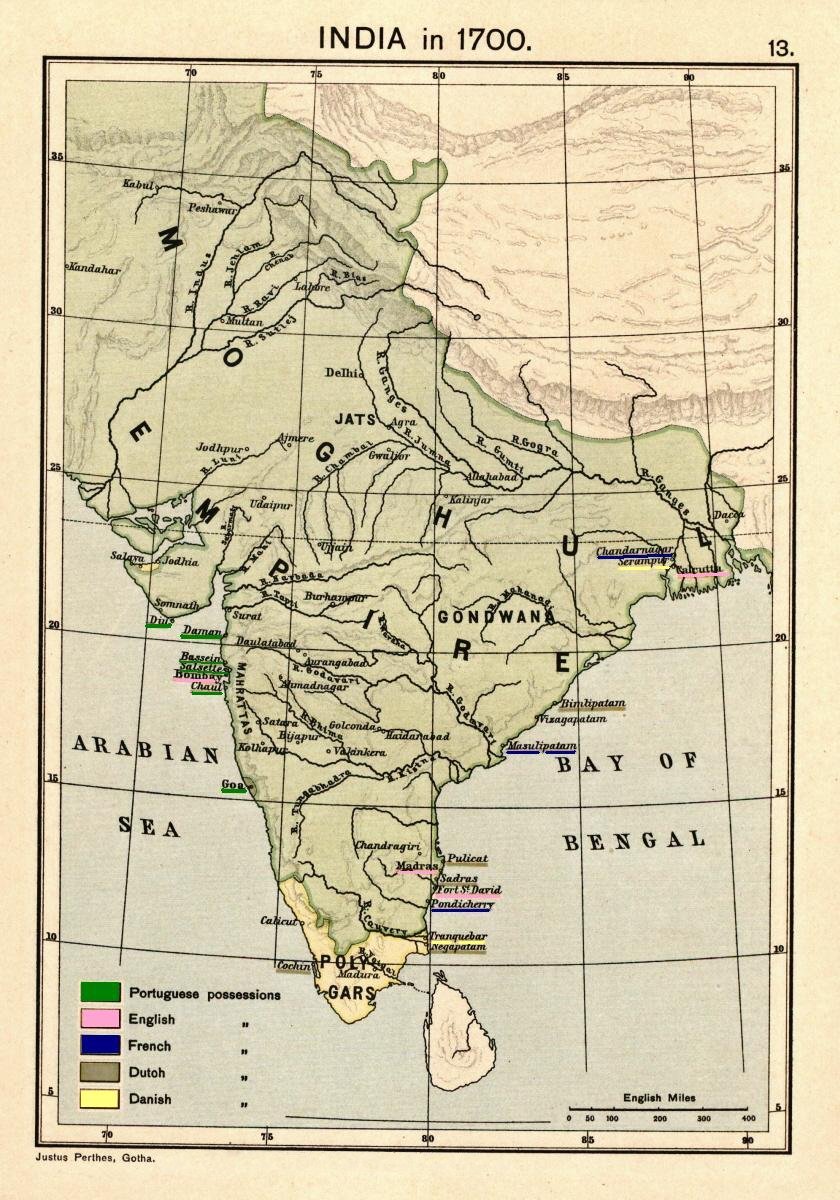The origin of the Timurid dynasty goes back to the Mongolian nomadic confederation known as Barlas, who were remnants of the original Mongol army of Genghis Khan. After the Mongol conquest of Central Asia, the Barlas settled in Turkistan (which then became also known as Moghulistan - "Land of Mongols") and intermingled to a considerable degree with the local Turkic and Turkic-speaking population, so that at the time of Timur's reign the Barlas had become thoroughly Turkicized in terms of language and habits. Additionally, by adopting Islam, the Central Asian Turks and Mongols also adopted the Persian literary and high culture which had dominated Central Asia since the early days of Islamic influence. Persian literature was instrumental in the assimilation of the Timurid elite to the Perso-Islamic courtly culture..........
Language
During the Timurid era, Central Asian society was bifurcated and had divided the responsibilities of government and rule into military and civilian along ethnic lines. At least in the early stages, the military was almost exclusively Turko-Mongolian, and the civilian and administrative element was almost exclusively Persian. The spoken language shared by all the Turko-Mongolians throughout the area was Chaghatay Turkic. The political organization hearkened back to the steppe-nomadic system of patronage introduced by Genghis Khan. The major language of the period, however, was Persian, the native language of the Tājīk (Persian) component of society and the language of learning acquired by all literate and/or urban people. Already Timur was steeped in Persian culture and in most of the territories which he incorporated, Persian was the primary language of administration and literary culture. Thus the language of the settled "diwan" was Persian, and its scribes had to be thoroughly adept in Persian culture, whatever their ethnic origin. Persian became the official state language of the Timurid Empire and served as the language of administration, history, belles lettres, and poetry. The Chaghatay language was the native and "home language" of the Timurid family while Arabic served as the language par excellence of science, philosophy, theology and the religious sciences..........
Language
During the Timurid era, Central Asian society was bifurcated and had divided the responsibilities of government and rule into military and civilian along ethnic lines. At least in the early stages, the military was almost exclusively Turko-Mongolian, and the civilian and administrative element was almost exclusively Persian. The spoken language shared by all the Turko-Mongolians throughout the area was Chaghatay Turkic. The political organization hearkened back to the steppe-nomadic system of patronage introduced by Genghis Khan. The major language of the period, however, was Persian, the native language of the Tājīk (Persian) component of society and the language of learning acquired by all literate and/or urban people. Already Timur was steeped in Persian culture and in most of the territories which he incorporated, Persian was the primary language of administration and literary culture. Thus the language of the settled "diwan" was Persian, and its scribes had to be thoroughly adept in Persian culture, whatever their ethnic origin. Persian became the official state language of the Timurid Empire and served as the language of administration, history, belles lettres, and poetry. The Chaghatay language was the native and "home language" of the Timurid family while Arabic served as the language par excellence of science, philosophy, theology and the religious sciences..........
The Mughal Empire (Persian: شاهان مغول Shāhān-e Moġul; self-designation: گوركانى - Gūrkānī)[1][2] was a Muslim Persianate[3] imperial power of the Indian subcontinent which began in 1526, ruled most of the Indian Subcontinent by the late 17th and early 18th centuries, and ended in the mid-19th century.[4] The Mughal Emperors were descendants of the Timurids, and at the height of their power, around 1700, they controlled most of the Indian Subcontinent — extending from present-day Bangladesh in the east to Balochistan in the west, Kashmir in the north to the Kaveri basin in the south........
The name Mughal is derived from the original homelands of the Timurids, the Central Asian steppes once conquered by Genghis Khan and hence known as Moghulistan, "Land of Mongols". The Mughals were Persianized Turko-Mongols and are responsible for transferring the Persian literary and high culture to India, thus forming the base for the highly sophisticated Indo-Persian culture.......
The name Mughal is derived from the original homelands of the Timurids, the Central Asian steppes once conquered by Genghis Khan and hence known as Moghulistan, "Land of Mongols". The Mughals were Persianized Turko-Mongols and are responsible for transferring the Persian literary and high culture to India, thus forming the base for the highly sophisticated Indo-Persian culture.......




Comment